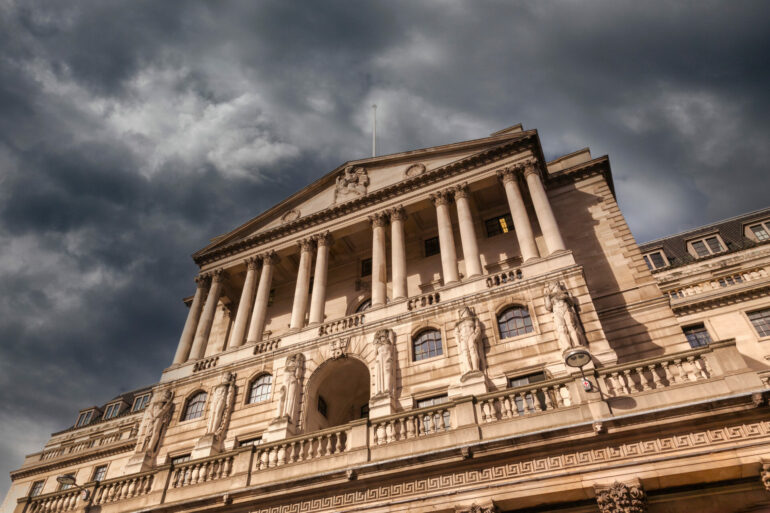Default rates on secured loans to households increased in Q3, and are expected to rise again in Q4, the latest Bank of England’s Credit Conditions Survey has revealed.
The survey found that losses given default on secured loans decreased in Q3 and are also expected to increase slightly in Q4.
Additionally, default rates for total unsecured lending slightly decreased in Q3 and are expected to remain unchanged in Q4.
Over the past three months, defaults for credit cards decreased and other loans were unchanged.
Defaults for credit cards were also expected to remain unchanged and other loans are expected to decrease slightly in Q4.
Default rates on loans to corporates were unchanged for all business sizes in Q3 and are also expected to be unchanged for all business sizes in Q4.
Losses given default were unchanged for all business sizes in Q3.
Sarah Coles, head of personal finance at Hargreaves Lansdown, said: “Mortgage default rates are mounting, and we’ve not yet reached the peak.
“Banks expect them to be up again by the end of the year.
“Given that those on lower incomes don’t tend to have mortgages, it demonstrates that higher mortgage rates are hitting middle-earners hard.
“Anyone who has overstretched themselves in the property market, or took on too many fixed costs while mortgage rates were lower, has faced a Herculean task when they remortgaged.
“The HL Savings & Resilience Barometer showed that 13% of households who have had to remortgage onto higher rates have poor financial resilience, and on average they have just £315 left at the end of the month – £95 less than those who have yet to remortgage.
“The positive news is that mortgage rates are falling, so there’s a smaller step-up in monthly payments when people remortgage.
“However, these figures clearly show that for an awful lot of people, this is too little, too late.”




